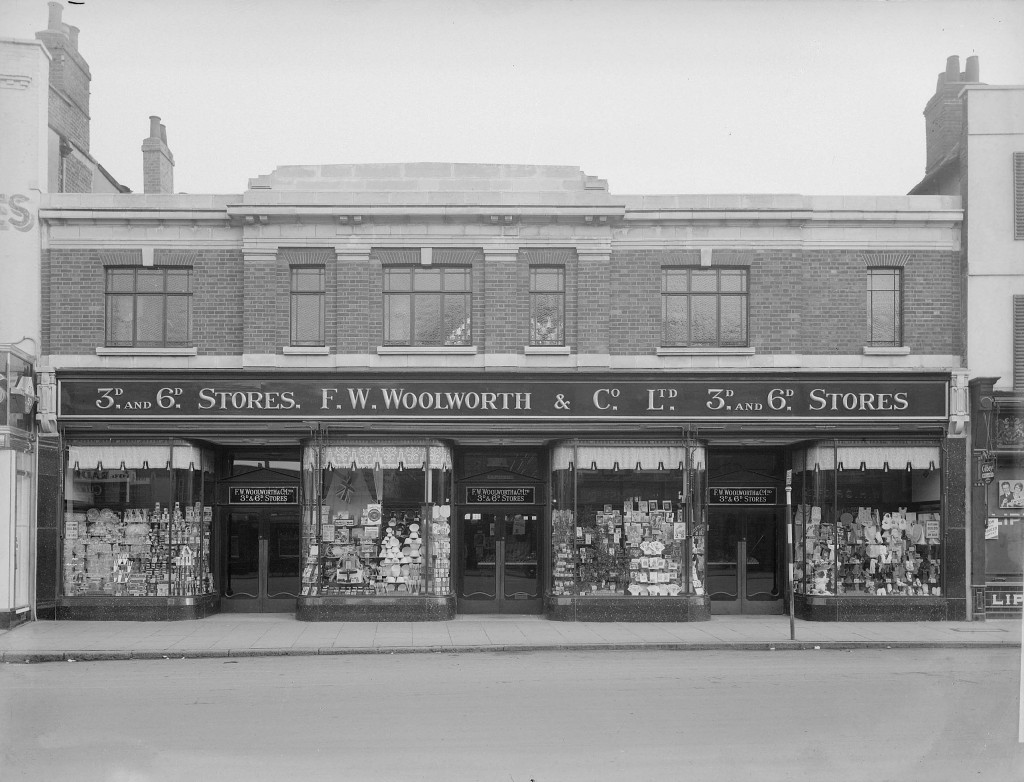 We were fortunate recently to have University of Essex student Ashleigh Hudson undertake a 10-week research project with us exploring the history of several properties along Chelmsford High Street. Ashleigh has used a range of sources, including documents, maps, and photographs, to highlight areas of continuity and change. Her research findings will be turned into a display, and also shared here in a series of blog posts, starting now…
We were fortunate recently to have University of Essex student Ashleigh Hudson undertake a 10-week research project with us exploring the history of several properties along Chelmsford High Street. Ashleigh has used a range of sources, including documents, maps, and photographs, to highlight areas of continuity and change. Her research findings will be turned into a display, and also shared here in a series of blog posts, starting now…
A Royal Charter, granted in 1199 by King John, authorised a weekly market to be held within Chelmsford. A town grew around the market and by the 16th century, the basic shape of the high street had been firmly established. In fact the essential pattern of the High Street has not changed a great deal since the 16th century. A quick comparison of John Walker’s 1591 map of Chelmsford and a map of the high street today reveals that the fundamental shape of the town is very much the same.
Internally, the High Street is quite different, with all of the timber buildings featured on the Walker Map long replaced by brick buildings of modern design. Economic factors, social mobility and technological advancements have all impacted on the structural development of the High Street. Development has occurred sporadically, and according to the whims of a particular owner at a given time. By the latter half of the 20th century, the demand for retail and a growing population seemingly justified the demolition of vast portions of the town, which were deemed no longer fit for purpose. To many long-term residents of Chelmsford, modern development has completely obscured the town they knew and loved.

Extract from the OS Map of 1963 (left) and 1974 (right). A comparison of the two maps reveals that by 1974 many of the individual properties situated on the west side of the high street have been demolished or consolidated to make way one large store, Marks and Spencer’s. Marks and Spencer’s currently occupies the former sites stretching from 62-66.
One of the biggest challenges facing Chelmsford High Street is a perceived lack of history; the belief that 20th century development has stripped away the heritage and integrity of the town. In actuality there is still a great deal of history hidden, often just above street level. Even where the ancient building has been demolished, the plots themselves have a story to tell. It is entirely possible for modern development to occur and coexist with areas of historic value; the challenge is building awareness and a sense of appreciation for the history behind the High Street.

Photograph of the King’s Head shortly before it was demolished to make way for a branch of F.W Woolworth. The King’s Head had occupied the site since the 17th century and was a central part of town life throughout that period. Though the physical building has gone, the King’s Head is a large part of the history of 40-41 High Street, so much so that the carpark to the rear of the property was named in its honour.

Photograph of F.W Woolworth in the 1930s. The photograph reveals an entirely new building sitting on the former site of the King’s Head.

The former Woolworth’s building is currently occupied by Barclays Bank. A quick comparison of this photograph and the one above reveals a high level of continuity, just above street level.
The aim of this project is to construct a historical profile of selected sites across the high street using a range of different sources. The research gathered will be presented in a variety of ways to highlight areas of continuity and change. It is hoped that this project will encourage a greater awareness of the historic development of Chelmsford High Street and a stronger appreciation for the town itself.
The Essex Record Office has provided most of the primary material for this project. Supplementary material has been sourced from The Essex Newspaper Archive and Ancestry, both of which can be accessed in the ERO Searchroom. Hilda Grieve’s detailed history of Chelmsford The Sleepers and The Shadows was a fantastic starting point for much of the research, and a constant source of reference throughout. Look out for the Chelmsford Then and Now series of blog posts to be posted on the ERO blog shortly. Alternatively, why not check out our new HistoryPin page which contains a range of photographs of Chelmsford High Street through time.


I am constantly photographing ‘Changing Chelmsford’, and wonder if the ERO might like my photos in the future? I took a lot of pictures of the High Street shop’s special Diamond Jubilee displays in 2012 which link nicely into the ERO’s photos from Queen Victoria’s Diamond Jubilee in 1897.
Hi Jane, I’m sure we would be interested, drop us a line on ero.enquiry@essex.gov.uk and an archivist will get back to you to discuss
Most interesting. I would like to see more.
Hi Tim, glad you enjoyed the post, there are several more to come in the series